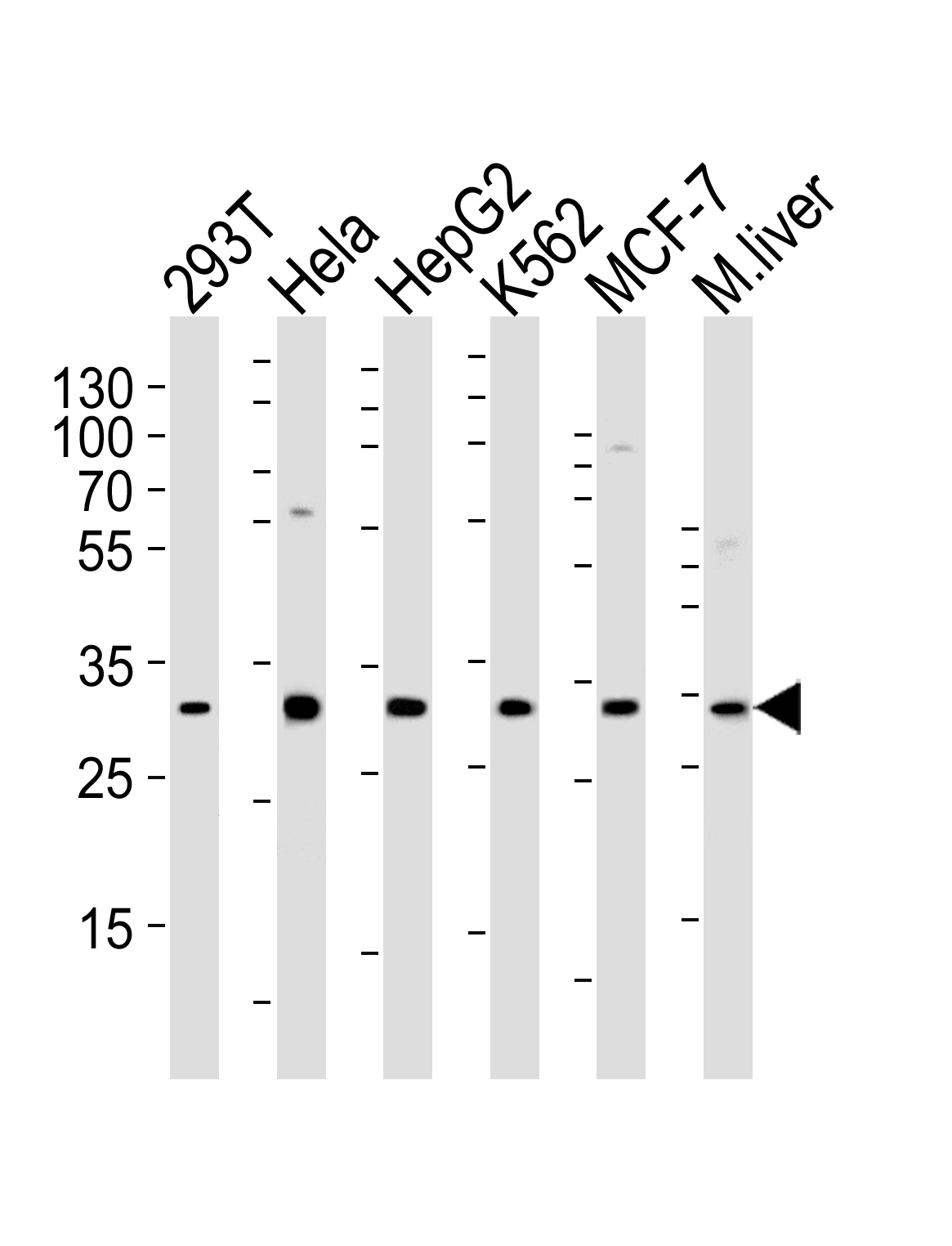The SMN complex catalyzes the assembly of small nuclear ribonucleoproteins (snRNPs), the building blocks of the spliceosome, and thereby plays an important role in the splicing of cellular pre- mRNAs (PubMed:
18984161, PubMed:
9323129). Most spliceosomal snRNPs contain a common set of Sm proteins SNRPB, SNRPD1, SNRPD2, SNRPD3, SNRPE, SNRPF and SNRPG that assemble in a heptameric protein ring on the Sm site of the small nuclear RNA to form the core snRNP (Sm core) (PubMed:
18984161). In the cytosol, the Sm proteins SNRPD1, SNRPD2, SNRPE, SNRPF and SNRPG (5Sm) are trapped in an inactive 6S pICln-Sm complex by the chaperone CLNS1A that controls the assembly of the core snRNP (PubMed:
18984161). To assemble core snRNPs, the SMN complex accepts the trapped 5Sm proteins from CLNS1A (PubMed:
18984161, PubMed:
9323129). Binding of snRNA inside 5Sm ultimately triggers eviction of the SMN complex, thereby allowing binding of SNRPD3 and SNRPB to complete assembly of the core snRNP (PubMed:
31799625). Within the SMN complex, GEMIN2 constrains the conformation of 5Sm, thereby promoting 5Sm binding to snRNA containing the snRNP code (a nonameric Sm site and a 3'-adjacent stem-loop), thus preventing progression of assembly until a cognate substrate is bound (PubMed:
31799625, PubMed:
21816274, PubMed:
16314521).

